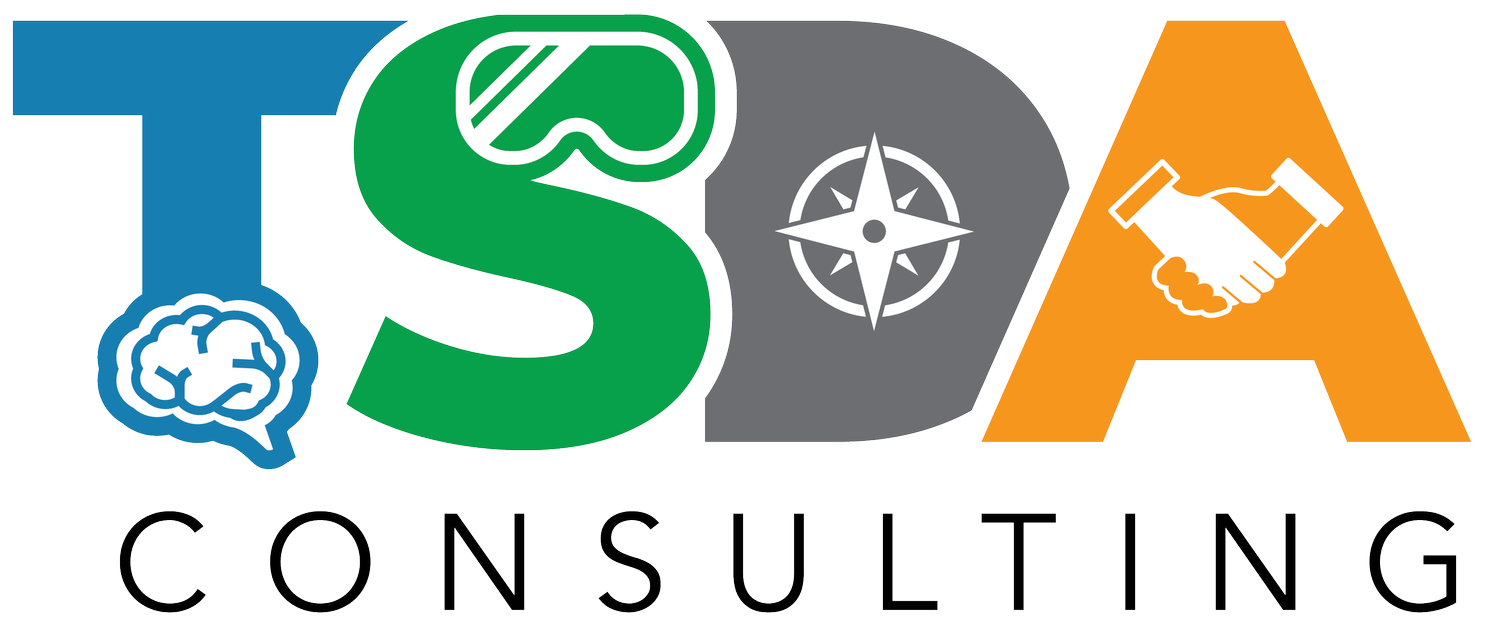Solving Problems Through Self-Awareness: The Power of the Myers-Briggs Type Indicator
Have you ever found yourself struggling to communicate with a colleague or friend, wondering why they don't seem to understand where you're coming from? Or maybe you've noticed certain patterns in your behavior that keep tripping you up but can't quite put a finger on what's causing them. Whether at work or in our personal lives, we all encounter obstacles and limitations that can leave us feeling frustrated and helpless. The good news is that there's a tool out there designed specifically to help us gain deeper self-awareness and unlock the key to better communication, collaboration, and overall success: the Myers-Briggs Type Indicator (MBTI).
The MBTI was first developed by Katharine Cook Briggs and her daughter Isabel Briggs Myers. They based the test on the work of Swiss psychiatrist Carl Jung, who proposed that there are four main psychological types. The Briggs-Myers team developed a questionnaire based on Jung's theory, and the MBTI has been used by millions of people around the world since its creation
The MBTI consists of four dichotomies or pairs of opposite preferences:
• Extraversion vs. Introversion (E/I)
• Sensing vs. Intuition (S/N)
• Thinking vs. Feeling (T/F)
• Judging vs. Perceiving (J/P)
I, for instance, am an INTJ. The sixteen different personality types each have their own strengths and weaknesses, which can be helpful in understanding yourself and others better.
The self-awareness gained from the Myers-Briggs Type Indicator can help you in many ways. For example, if you are aware of your own personality type, you can use this knowledge to better understand how you interact with others. This understanding can be helpful in both personal and professional relationships.
When it comes to leadership roles, the MBTI can be a powerful tool for solving problems and improving communication. It highlights the importance of considering different perspectives when making decisions. By taking into account the preferences of others, leaders can improve communication and collaboration within their team.
Each type has its own way of taking in the information around them, making decisions, and relaying that information to those around them. Once someone understands their method, they can better understand the process for the perception of risk and potentially how to reduce that risk in their work and the work of their team members. I have found that the MBTI is a very powerful tool for creating awareness and influence.
